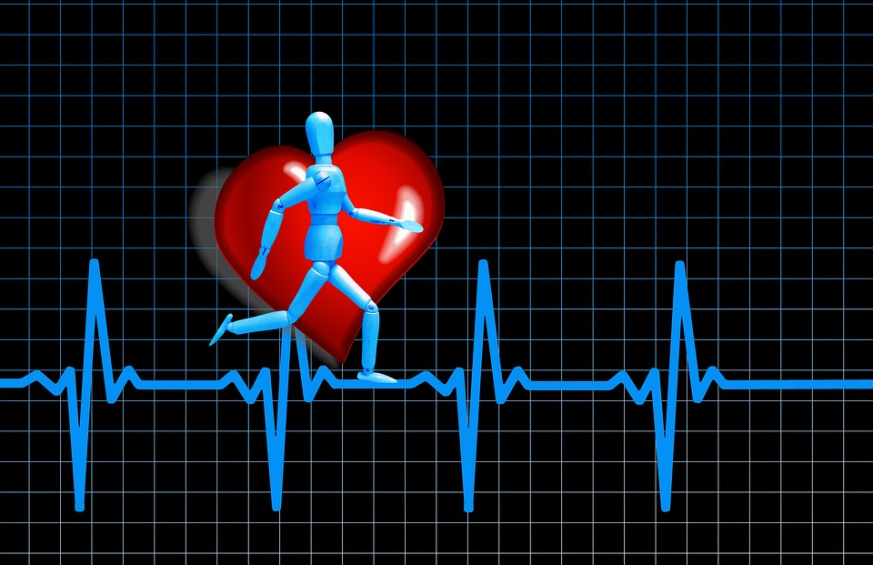If you walk into any commercial gym you’re likely to come across a field of treadmills, ellipticals, and stationary bikes. They have their use and are great tools if you have established your goals and understand how to reach them, but there are a few tools you need in your belt to actually make these tools useful to you so that you see results for all of your work.
Why not just embrace the “go as hard as you can and be a boss” mentality? Because there is a fine line to walk between pushing as far as your body can handle and pushing too far – not only hurting yourself right then and there – but over training to cause your body to break down and you have to deal with a slough of nasty side effects, such as:
- Unhealthy weight loss
- Decreased appetite
- Insomnia
- Depression
- Loss of motivation
- Irritability
- Increased susceptibility to infections
- Elevated resting heart rate
- Increased risk and occurrence of injuries
- Persistent muscle soreness
If you know where this line is, though, you can steadily improve your performance for the distances you can run and the time that you can run for. While that’s not the focus here, the same applies to weight training – you wouldn’t want to hit your heaviest lifts every day without giving your body time to rest. There’s an art to the process as much as there is to learning to play an instrument. To understand the nuances of the process is to steadily set personal records every few weeks as you continue to improve towards your goals.
No one wants to deal with the above symptoms, but if you just keep it slow and easy you’ll have no results for your hard work. Your body needs stress to adapt and make noticeable changes in health and/or appearance. If you don’t put in enough effort, you may as well be watching Simpsons reruns – for all the hours spent, nothing will ever come of it. Using guesswork to figure out your target heart rate is about as effective as using tarot cards to determine if you need your umbrella tomorrow.
The best range in which to work for both safety and effectiveness is called your target heart rate (THR).
How to Find Your THR
Enter the Karvonen formula:
Target Heart Rate = ((max heart rate – resting HR) x %intensity) + resting HR
Let’s break that down into English.
- Maximum Heart Rate (MHR)
- While not perfect, the simplest and most reliable way to establish your MHR is to subtract your age from 220. So, if you are 30 years old you would subtract 220 – 30 for an MHR of 190 beats per minute (BPM).
- Resting Heart Rate (RHR)
- There is both the precise way to find this, and the convenient way to find this. The precise way, as prescribed by the NCCPT for all of its trainers is to find your heart rate immediately upon waking up, while still laying down in bed. Do this for three mornings in a row and average them together for your RHR.
- The convenient way, which is still useful if you need the number immediately, is to take your heart rate while sitting, having already been sitting still for about 5 minutes. It won’t be as accurate, but it is still close enough to use in a pinch.
- % Intensity
- This refers directly to your training intensity level. Depending on your goal you will be aiming for 50-85%. The lower end of this is for weight loss, and the upper extreme is for cardiovascular conditioning. Right in the middle is the typical goal for a healthy adult looking to lose weight, putting you at an intensity level of 60-70%. If you don’t hit at least 50%, though, you won’t accomplish much.
Let’s Do the Math
Let’s plug the numbers in using my own information:
RHR = 72
MHR = 192
%Intensity = 75%
Target Heart Rate = ((max heart rate – resting HR) x %intensity) + resting HR
Target Heart Rate = ((192 – 72) x 75%) + 72
This comes out to a target heart rate of 162 beats per minute for me personally aiming for 75% training intensity.
Keep in mind when using this yourself that the optimal intensity level for fat oxidation, that is, burning fat for energy, lies between 60.2 and 80% intensity level/MHR.

